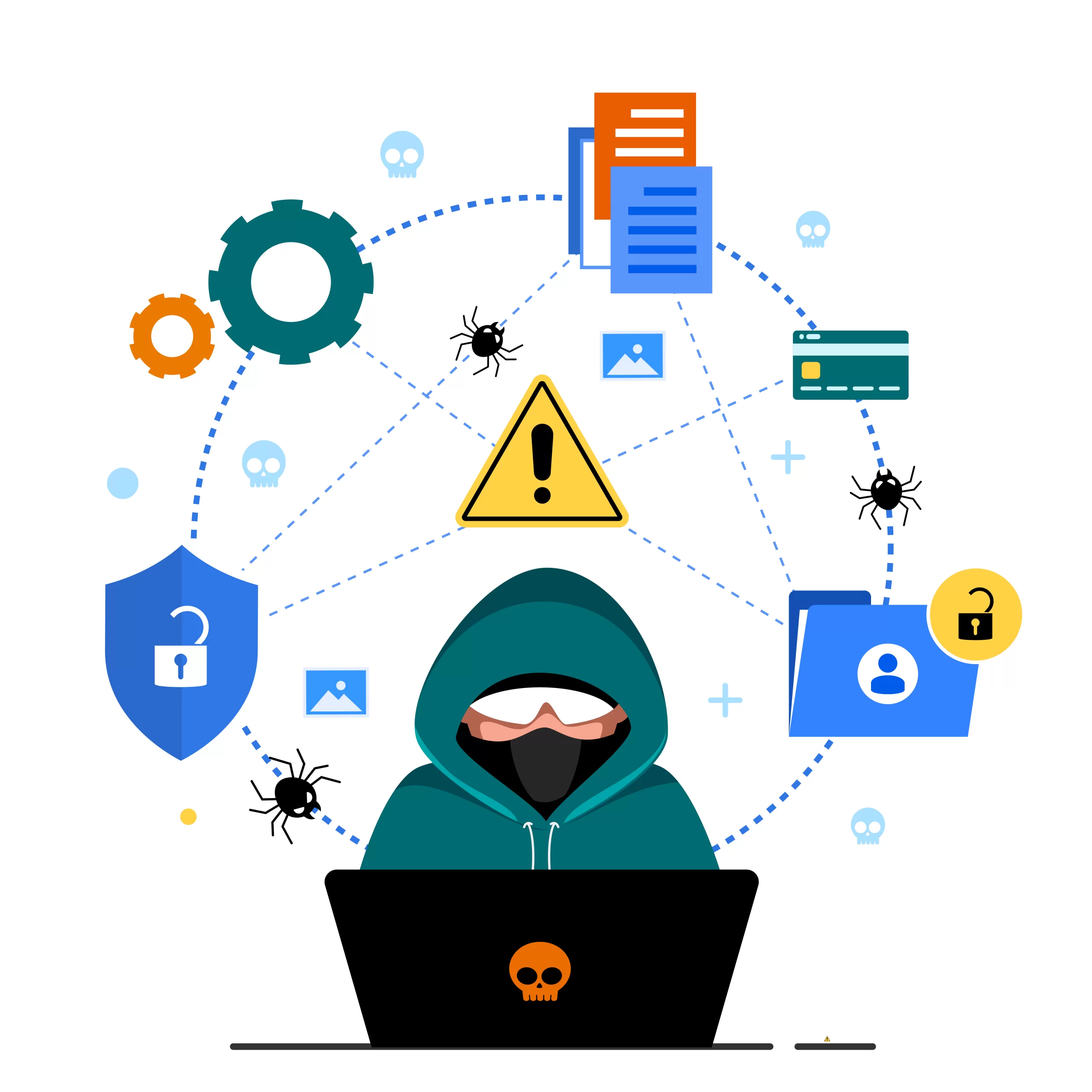
In the realm of cyber security, social engineering stands as a formidable threat, exploiting human psychology rather than technical vulnerabilities to gain unauthorized access to sensitive information. From phishing emails to pretexting phone calls, cyber criminals employ a variety of tactics to manipulate individuals into divulging confidential data or performing actions that compromise security. In this comprehensive guide, we will delve into the world of social engineering, explore common techniques used by cyber criminals, and provide actionable strategies to protect your data from these insidious attacks.
Understanding Social Engineering:
Social engineering is the art of manipulating people into divulging confidential information, performing actions, or divulging information that may compromise security. Unlike traditional cyberattacks that exploit technical vulnerabilities, social engineering relies on psychological manipulation and deception to exploit human weaknesses.
Common Techniques Used in Social Engineering:
- Phishing: Phishing is perhaps the most prevalent form of social engineering, involving the use of deceptive emails, text messages, or websites to trick individuals into revealing sensitive information, such as login credentials or financial data. Cybercriminals often impersonate trusted entities, such as banks or government agencies, to lure victims into clicking on malicious links or downloading malware-infected attachments. Example: You receive an email purportedly from your bank, informing you of suspicious activity on your account and prompting you to click on a link to verify your identity. Unbeknownst to you, the link leads to a fake website designed to steal your login credentials.

- Pretexting: Pretexting involves the use of fabricated scenarios or false identities to deceive individuals into disclosing sensitive information or performing actions they wouldn’t otherwise do. Cybercriminals may impersonate authority figures, such as IT technicians or company executives, to gain the trust of their targets and extract valuable data. Example: A cybercriminal posing as an IT technician calls an unsuspecting employee, claiming to be conducting a routine security check and requesting their login credentials to verify system access. Believing the call to be legitimate, the employee unwittingly provides the requested information, thereby compromising the security of their account.

- Baiting: Baiting involves the use of enticing offers or promises to lure individuals into performing actions that compromise security. Cybercriminals may distribute infected USB drives, CDs, or other physical media containing malware-infected files, banking on the curiosity or greed of their targets to take the bait. Example: You find a USB drive labeled “Employee Payroll” lying outside your office building and decide to plug it into your computer out of curiosity. Unbeknownst to you, the USB drive contains malware that infects your computer and compromises sensitive company data.

Protecting Your Data from Social Engineering Attacks:
- Education and Awareness: Educating yourself and your employees about the dangers of social engineering is the first line of defense against these attacks. Train individuals to recognize common social engineering tactics, such as phishing emails or pretexting phone calls, and emphasize the importance of verifying the legitimacy of requests for sensitive information.
- Exercise Caution Online: Exercise caution when interacting with unfamiliar or unsolicited communications, such as emails, text messages, or phone calls. Be skeptical of requests for sensitive information or urgent action, and verify the authenticity of the sender or caller before responding.
- Implement Security Controls: Implement robust security controls, such as firewalls, antivirus software, and intrusion detection systems, to detect and prevent social engineering attacks. Regularly update security software and apply patches to mitigate known vulnerabilities.
- Enforce Strong Authentication: Implement strong authentication measures, such as multi-factor authentication, to protect against unauthorized access to sensitive accounts or systems. Require employees to use complex passwords and change them regularly to prevent unauthorized access.
- Establish Policies and Procedures: Establish clear policies and procedures for handling sensitive information and responding to suspicious communications. Encourage employees to report any suspected social engineering attempts promptly and provide guidelines for appropriate action.
By adopting a proactive approach to cyber security and implementing these strategies, individuals and organizations can defend against social engineering attacks and safeguard their data in an increasingly digital world. Remember, vigilance and awareness are key to protecting yourself and your organization from the ever-evolving threat of social engineering.







I am no longer certain where you’re getting your
info, however great topic. I needs to spend some time studying much more or working out more.
Thank you for fantastic information I was looking for this
information for my mission.
Hi, i think that i saw you visited my web site thus i came
to “return the favor”.I’m trying to find things to
enhance my web site!I suppose its ok to use a few of your ideas!!
It’s remarkable designed for me to have a website,
which is beneficial for my know-how. thanks admin